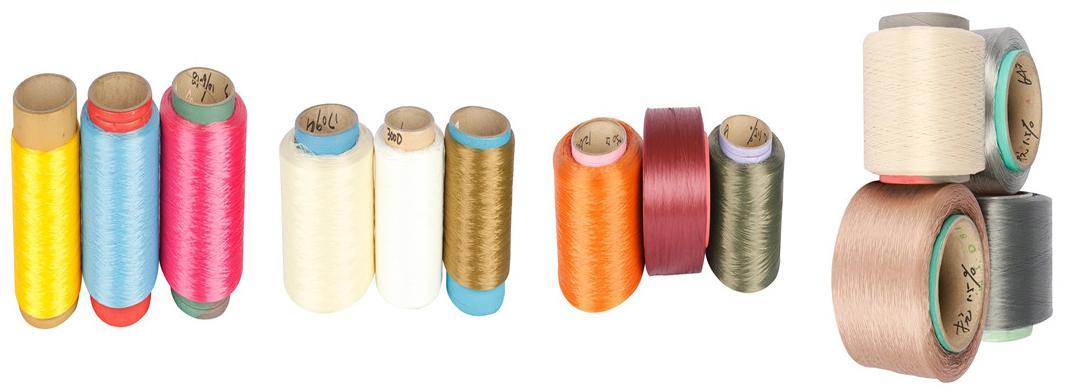
Chemical property:
The scientific name is polypropylene fiber, which melts and shrinks near the flame, is flammable, and burns slowly away from the flame with black smoke. The upper end of the flame is yellow, and the lower end is blue, emitting a petroleum odor. After burning, the ash is hard, round, light yellow brown particles, which are fragile when twisted by hand.
The varieties of polypropylene fiber include long filaments (including undeformed filaments and bulky deformed filaments), short fibers, bristle fibers, membrane cracked fibers, hollow fibers, shaped fibers, various composite fibers, and non-woven fabrics.
Polypropylene fiber does not contain chemical groups that can bind to dyes in its macromolecular structure, making dyeing more difficult. Usually, the melt coloring method is used to evenly mix the pigment formulation and polypropylene polymer in a screw extruder, and the colored fibers obtained through melt spinning have high color fastness. Another method is to copolymerize or graft copolymerize with acrylic acid, acrylonitrile, vinyl pyridine, etc., introducing polar groups on polymer macromolecules that can bind with dyes, and then directly dye them using conventional methods. In the process of polypropylene fiber production, various additives are often added to improve dyeing, light resistance, and flame resistance.
It is a fiber made from propylene as raw material through polymerization and melt spinning. Polypropylene fiber officially began industrial production in 1957 and is a rising star in synthetic fibers. Due to the advantages of simple production process, low product price, high strength, and light relative density, polypropylene has developed rapidly. At present, polypropylene fiber is the fourth largest variety of synthetic fibers and the lightest fiber among common chemical fibers.
The production of polypropylene fiber includes short fibers, filaments, and split film fibers. Polypropylene membrane fiber is made by first making a thin film of polypropylene, and then stretching the film to split it into a network of original fibers.

View More(Total0)Comment Lists